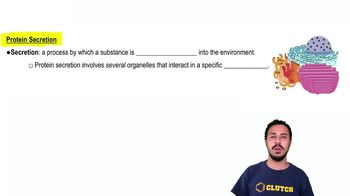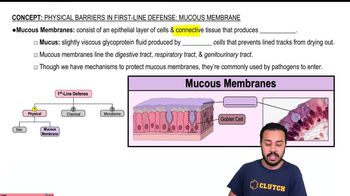Indicate which statements are true. Correct all false statements by changing the underlined words.
__________ Rubor, calor, swelling, and dolor are associated with fever.
 Verified step by step guidance
Verified step by step guidance



Indicate which statements are true. Correct all false statements by changing the underlined words.
__________ Rubor, calor, swelling, and dolor are associated with fever.
Indicate which statements are true. Correct all false statements by changing the underlined words.
__________ Acute and chronic inflammation exhibit similar signs and symptoms.
Indicate which statements are true. Correct all false statements by changing the underlined words.
__________ The hypothalamus of the brain controls body temperature.
Indicate which statements are true. Correct all false statements by changing the underlined words.
__________ The surface cells of mucous membranes are alive.
Name the cells.
a. ___________ <IMAGE> b. ___________ <IMAGE> c. ___________ <IMAGE> d. ___________ <IMAGE> e. ___________ <IMAGE>
Indicate which statements are true. Correct all false statements by changing the underlined words.
__________ Wandering macrophages experience diapedesis.